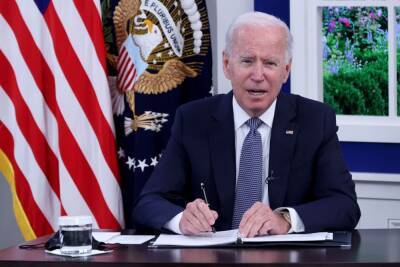Traders predict $3,800 Ethereum, but multiple data points suggest otherwise
Investors tend not to complain about a price rally, except when the chart presents steep downside risks. For example, analyzing Ether's (ETH) current price chart could lead one to conclude that the ascending channel since March 15 is too aggressive.
Thus, it is only natural for traders to fear that losing the $3,340 support could lead to a retest of the $3,100 level or a 12% correction down to $3,000. Of course, this largely depends on how traders are positioned along with the Ethereum network's on-chain metrics.
For starters, the Ethereum network’s total value locked (TVL) peaked at ETH 32.8 million on Jan. 23 and has since gone down by 20%. TVL measures the number of coins deposited on smart contracts, including decentralized finance (DeFi), gaming, NFT marketplaces, social networks, collectibles and high risk.
Moreover, the Ethereum network’s average transaction fee bottomed at $8 on March 16 but has recently increased to $15. Thus, one must evaluate if that reflects a lesser use of decentralized applications (DApps) or users benefiting from layer-2 scaling solutions.
Traders should analyze Ether futures market data to understand how professional traders are positioned. The quarterly contracts are whales and market makers' preferred instruments because they avoid the fluctuating funding rate of the perpetual futures.
The basis indicator measures the difference between longer-term futures contracts and the current spot market levels. The Ether futures annualized premium should run between 5% to 12% to compensate traders for "locking in" the money for two to three months until the contract expiry.
The current 6% Ether futures basis sits slightly above the minimum threshold for a neutral market. An annualized futures premium
Read more on cointelegraph.com























